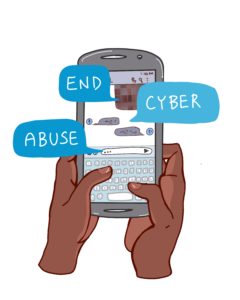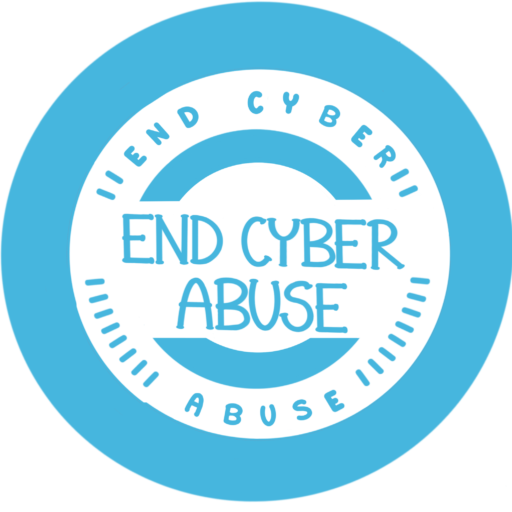Gaps and Challenges
With the growing use of technology, the number of cases of image-based sexual abuse have risen rapidly across the globe. However, countries are still coming to terms with how to effectively tackle this issue through the law. The research we conducted, together with local law firms and partners, found that some countries have no legislation to address this issue, while others have laws that do little to attend to the needs of the victims. We will discuss some of the gaps identified both in the law itself and in its implementation in the context of image-based sexual abuse.

Criminal Law
Gaps in the law
- Out of the 10 countries that were reviewed for this project, 7 countries had legislation that specifically criminalized image-based sexual abuse: Canada, India, Pakistan, England & Wales, France, Germany and the Philippines.
- Out of the 10 countries we reviewed, 3 countries only partially address the problem to varying degrees (Japan's law criminalizes only the sharing of intimate images to large numbers of people; the US has no federal legislation to criminalize this practice, but it is criminalized in the majority of states; and Bangladesh criminalizes these acts as obscenity, pornography, or insulting the 'modesty' of a woman).
- Of the countries that had a standalone law to deal with this issue, at least 2 (i.e. Japan, Germany), along with some states within the US either have laws that characterize the offence as a “misdemeanor” or impose weak penalties on the perpetrator of the crime.
- Of the remaining countries, 2 (England and Wales, and Pakistan) and some US states have laws that impose an onerous requirement on the victim to prove the intent of the perpetrator to commit the crime, or to cause harm or to harass the victim, which oftentimes results in a “chilling effect” on victims who seek to report the crime.
- Many countries do not grant the option of anonymity to the victim when she makes a complaint or when the case goes to trial.

Several nuanced issues associated with this crime are not captured under most of the laws that were reviewed. For instance:
- A person who records and publicly distributes the voice of the victim, but does not record an image or a video is generally not punished for his/her conduct.
- If a person makes a threat to disseminate images/videos of the victim electronically, his/her conduct is most often not punishable.
- The act of morphing, defined as the uploading of photoshopped or altered images of the victim (e.g. the victim’s face superimposed on a naked body), is also not a criminal offense in most jurisdictions.
- In instances of cross-border publication of content relating to the victim (e.g. where the image is published online using a foreign server), it is difficult to stop such acts due to limitations in national laws and the lack of easy cross-border collaboration to counter image-based sexual abuse.
Gaps in implementation of the law
- In many countries, advocates comment on the widespread victim blaming by police officers when it comes to the issue of image-based sexual abuse. Often, law enforcement lack sufficient training on tackling this issue and therefore can be ignorant and even callous towards the victim and her complaint. This is especially true for certain categories of particularly vulnerable victims, such as sex workers and LGBTQI+ individuals.
- Often, police officers are unaware of the methodology they ought to follow to investigate a crime like image-based sexual abuse.
- While several countries have cyber-crimes units, which have expertise and can investigate crimes of this nature, such units tend to prioritize their attention on other issues, such as money laundering.
- Several countries do not provide adequate training to all police officers who may be the first-responders to an image-based sexual abuse complaint.
- Certain laws can be misused to target the victim and have him/her prosecuted for what happened to him/her. For example:
For instance, the child pornography (child sexual abuse) laws in the Philippines are so broad that they could result in the prosecution of children who share selfies of themselves with others.
Similarly, the Pornography Control Act of Bangladesh criminalizes the sharing of any sexually explicit content that is ‘pornographic’, thereby allowing for the victim to be prosecuted for sharing a video or a photo of themselves consensually.
- The laws of countries, such as England and Wales, Pakistan, along with some States in the US impose an onerous burden on the victim to prove the intent of the perpetrator to cause harm to the victim, which is difficult to establish especially in cases involving companies and websites.
- Given the difficulty in proving intent, image-based sexual abuse cases are often unlikely to even be prosecuted.
- This serves as one of the biggest impediments in getting victims to come forward and believe that they would, in fact, get justice for what happened to them.
Civil Law
Gaps in the law
- Activists express concern about how, under the pretext of helping victims, laws are being passed that could be used to crack down on web content and limit free speech. For instance, Germany’s Network Enforcement Act places several requirements on social media sites, which could result in “over-blocking” of content.
- In many jurisdictions, victims do not have the option of staying anonymous when filing a complaint.
- In a number of jurisdictions, civil remedies altogether are very limited and scarce, leaving only the route of criminal prosecution available to victims.
Gaps in implementation of the law
- While victims in some jurisdictions have access to civil remedies that require a lower burden of proof than that for a crime, most victims are unable to afford the expenses associated with a civil suit, which could go on for years. Not only that, civil lawsuits will result in no practical compensation to victims unless perpetrators are wealthy enough to pay damages; this limits recourse to only few victims.
- There is little or no counselling or mental support that is freely available to victims of image-based sexual abuse in most countries.
- Due to this, it is likely that victims suffer from isolation, withdraw from society, or in the worst case scenario, take their own life. Several practitioners interviewed for this project felt that little was being done to alleviate this situation.
These gaps point to the dire need to revise the laws that tackle image-based sexual abuse across the globe.


